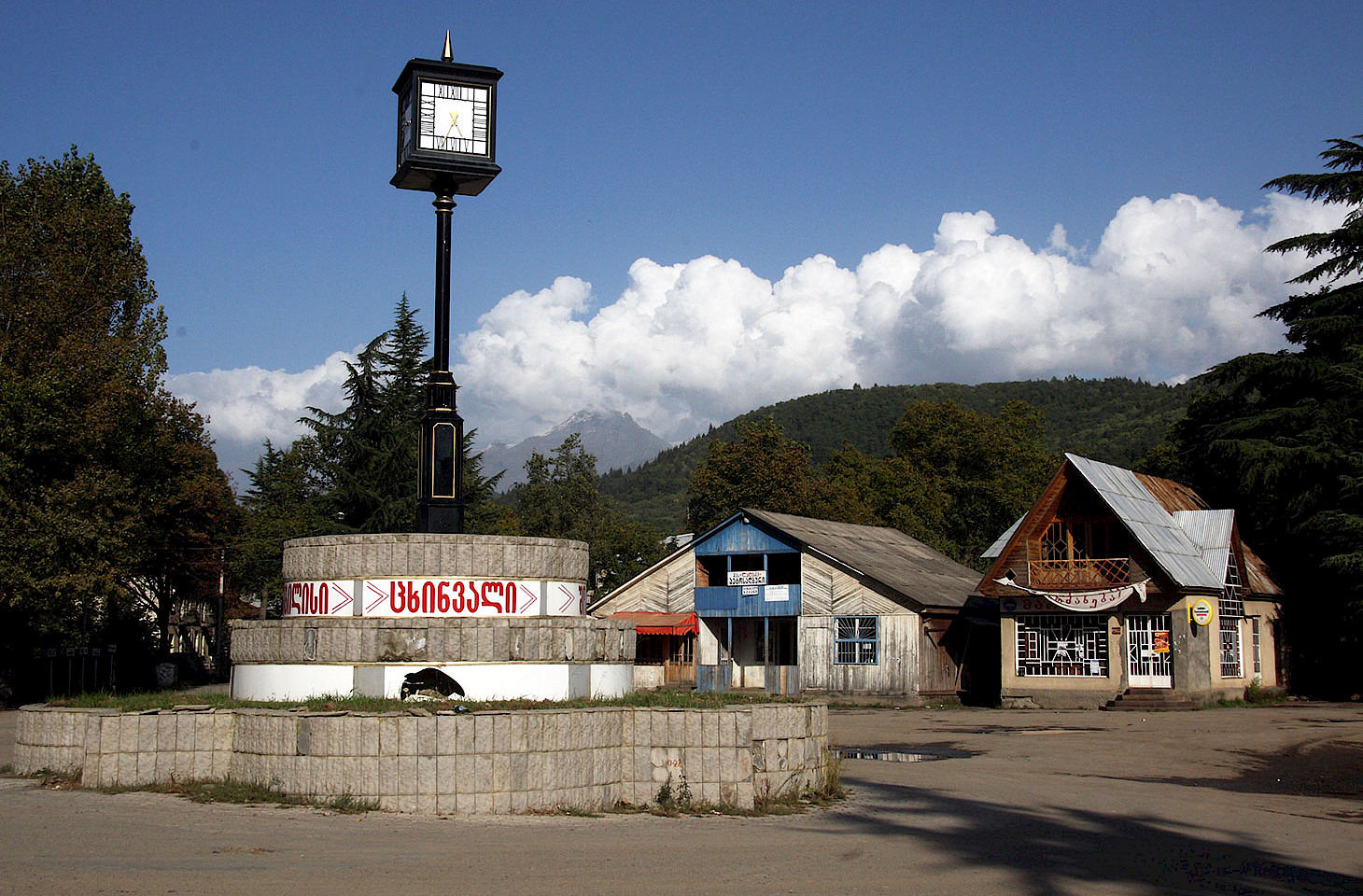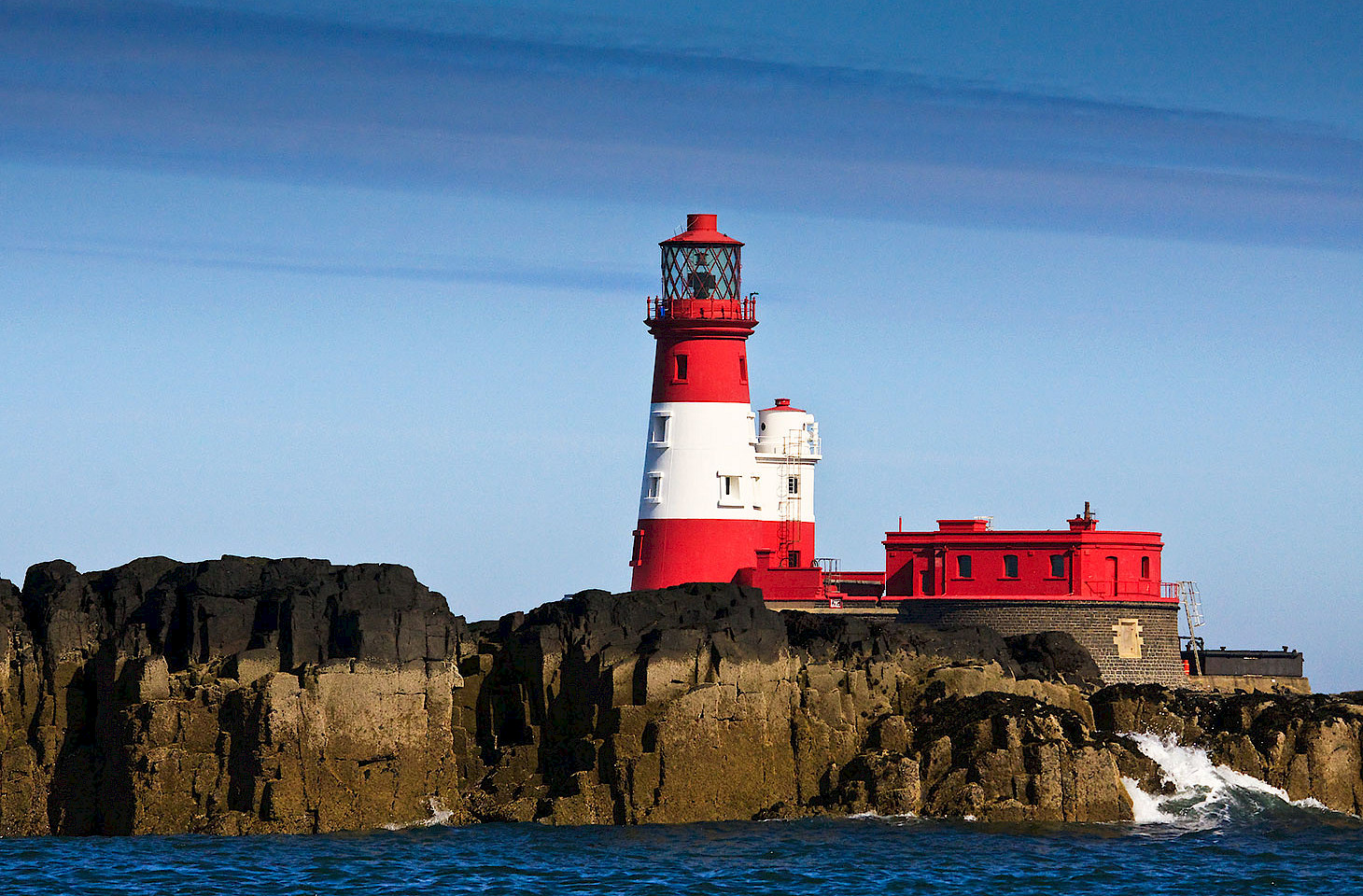I came to Scotland’s Rannoch Moor with recollections of an earlier visit. On that previous foray I had driven up from Crianlarich in a full February white-out. The road looped up from Loch Tulla and into the blizzard; two cars had come off the road, one fallen into a trench in the peat held almost vertical, headlights gleaming up into the falling snow; visibility cut at twenty metres, but the atlas shows there’s nothing for miles either side of the road anyway; black lochans, endless drumlins and wet snow; the radio wanders in and out of tune; a growing sense of claustrophobia: there is nowhere else one can go.
On that occasion, the marooned inn at King’s House and the deep plunge into Glen Coe came as a relief, for a shrill tunnel through the white-out works strangely upon a wandering mind. Summer can be different (not always). In a drought one can kick at the exposed root bowl of a heather bush and get a face full of wind-blown dust, or walk across peat sucked dry and barely leave a footprint.
In weather like that, the Central Highlands feel like the Highveld or the sagebrush hills of Nevada, endless combed slopes of brown scrub laid out to dry under hot skies. Or there can be days and days of rain and insect-inflicted misery, or times when the mist is so thick it turns the place into a ragged purgatory. Whether or not there is a view, there is always the fact lingering in the back of one’s mind that the moor is large, beyond anything else in Britain.
It is more than just a question of facts and figures. The distance of the horizon stretches the landscape. When one is in the middle of all this it can feel infinite, and that quality is only amplified when the view is taken away by mist or snow. Hours of walking can produce no discernable change, and even at ninety kilometres per hour on the main road the scenery slips past like a desert. For the Scottish Highlands, the moor is strangely level, sitting at a little over 300 metres, a soggy dish of granite sprawled among mountains. Here the glacier sheets lay thickest in the last Ice Age: since the thaw the land has been rebounding from their weight, two or three millimetres a year even today. The glaciers scrubbed the land flat, leaving only drumlins and boulder erratics by the thousand. But there is great complexity hidden in this uniformity — hollows tucked among the peat hags, hundreds of unvisited lochs, some with row upon row of sandy bays, and tangled, pine-crowned islands. It is the kind of landscape that a map can barely hint at the reality of.




